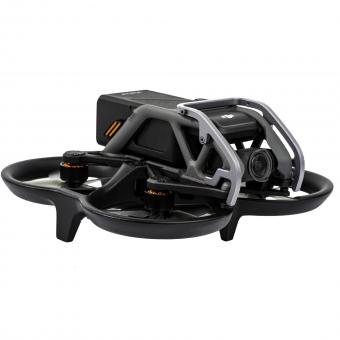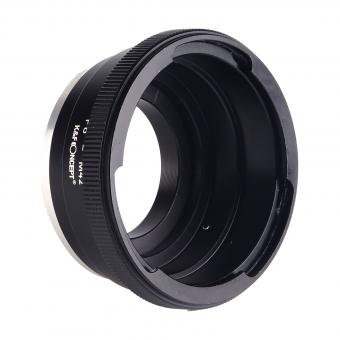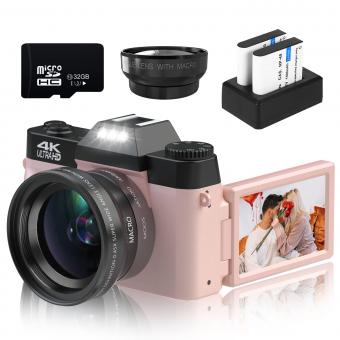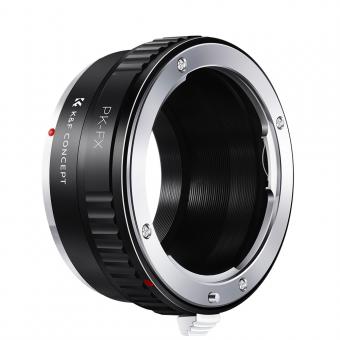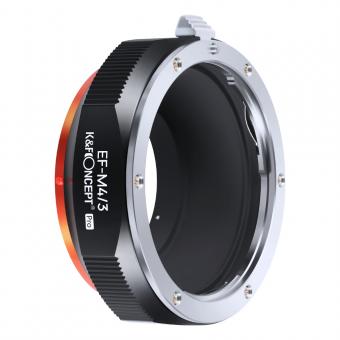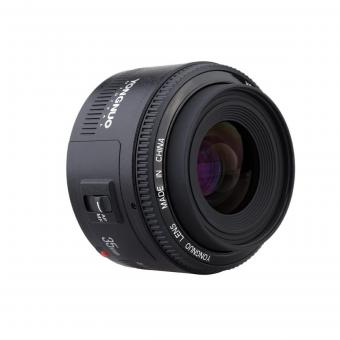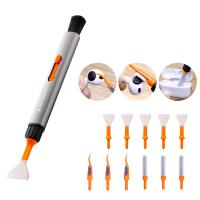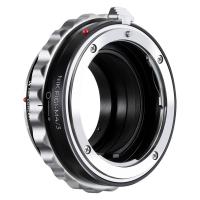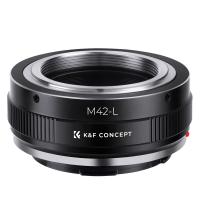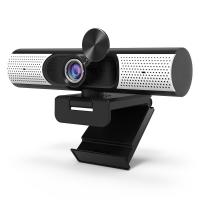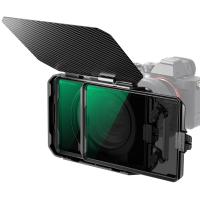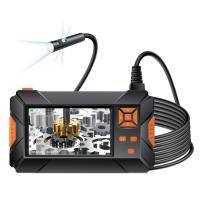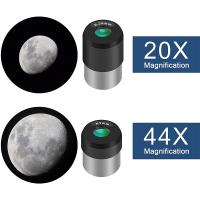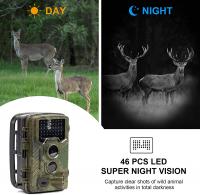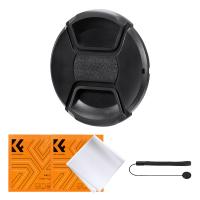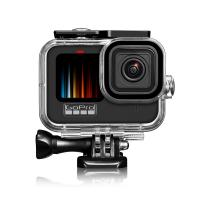How Does The Camera Lens Work?
Understanding how a camera lens works is fundamental for anyone interested in photography, whether as a hobbyist or a professional. The camera lens is a crucial component that determines the quality, clarity, and overall aesthetic of the images captured. In this article, we will delve into the mechanics of camera lenses, exploring their various types, functions, and the science behind their operation. By the end, you will have a comprehensive understanding of how camera lenses work and how to choose the right one for your needs.
The Basics of Camera Lenses
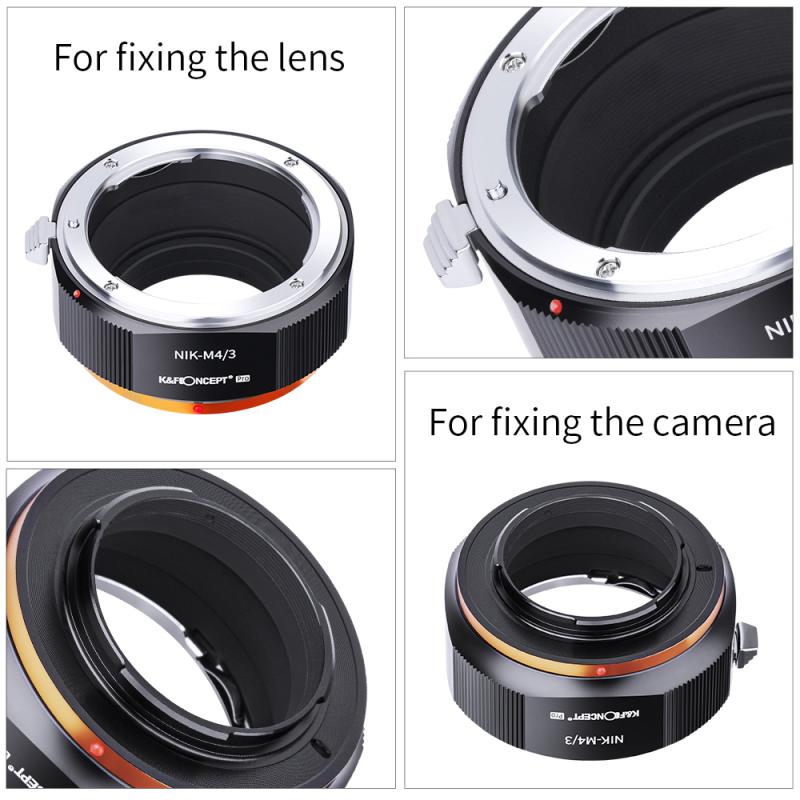
At its core, a camera lens is an optical device made up of multiple glass or plastic elements. These elements are arranged in a specific configuration to focus light onto the camera's sensor or film. The primary function of a camera lens is to gather light and direct it to form a sharp image. The quality of this image depends on several factors, including the lens's focal length, aperture, and the quality of the glass used.
Focal Length
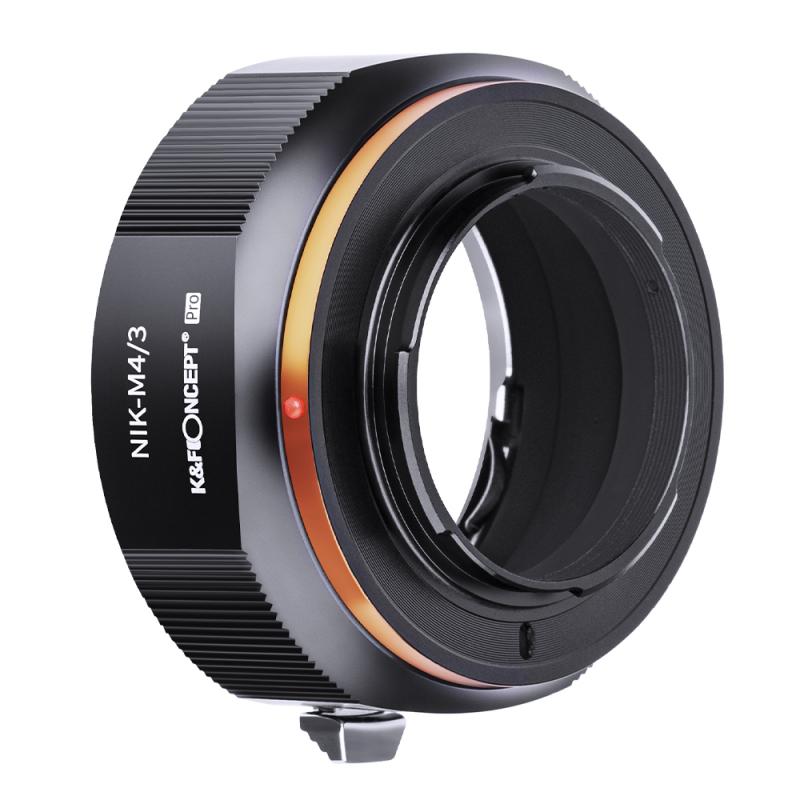
The focal length of a lens is the distance between the lens and the image sensor when the subject is in focus. It is usually measured in millimeters (mm). The focal length determines the field of view and the magnification of the image. Lenses can be broadly categorized into three types based on their focal lengths:
1. Wide-Angle Lenses: These lenses have a short focal length (typically less than 35mm) and offer a wide field of view. They are ideal for landscape photography, architecture, and any situation where you want to capture a broad scene.
2. Standard Lenses: With a focal length ranging from 35mm to 70mm, standard lenses offer a field of view that closely resembles human vision. They are versatile and suitable for a wide range of photography styles, including portraits and street photography.
3. Telephoto Lenses: These lenses have a long focal length (greater than 70mm) and provide a narrow field of view with high magnification. They are perfect for wildlife photography, sports, and any scenario where you need to capture distant subjects.
Aperture
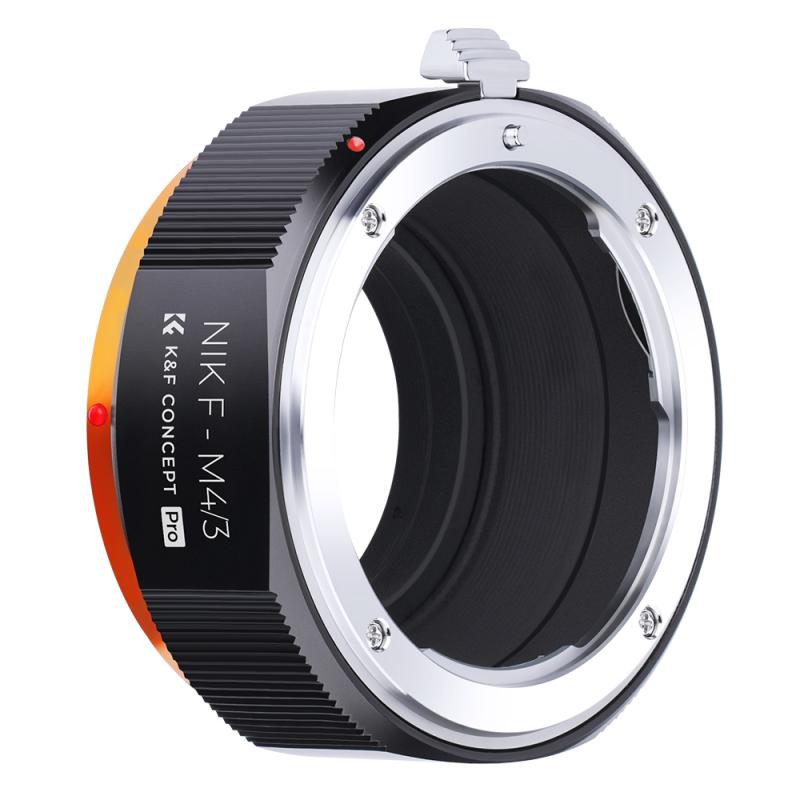
The aperture is the opening in the lens through which light passes to enter the camera. It is measured in f-stops (e.g., f/2.8, f/4, f/5.6). The aperture size affects the amount of light that reaches the sensor and the depth of field in the image. A larger aperture (smaller f-stop number) allows more light to enter, which is beneficial in low-light conditions and creates a shallow depth of field, making the subject stand out against a blurred background. Conversely, a smaller aperture (larger f-stop number) allows less light and increases the depth of field, keeping more of the scene in focus.
Lens Elements and Coatings
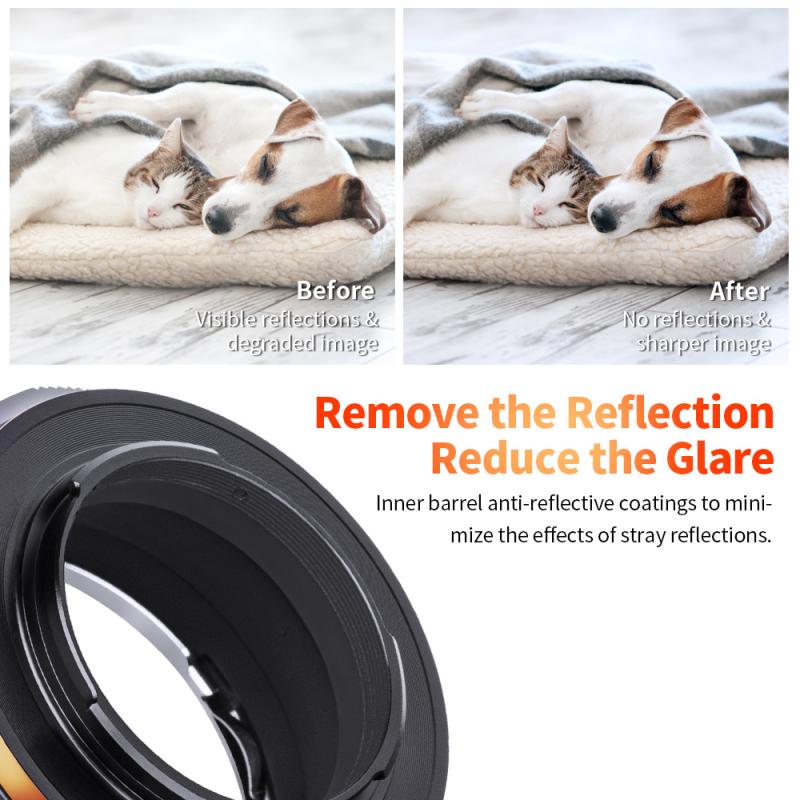
Modern camera lenses consist of multiple lens elements, each designed to correct specific optical aberrations and improve image quality. These elements can be made from various types of glass or plastic, each with unique refractive properties. High-quality lenses often feature special coatings that reduce reflections, flare, and ghosting, ensuring that the maximum amount of light passes through the lens to the sensor.
Autofocus Mechanism
Most modern lenses come equipped with an autofocus mechanism that automatically adjusts the lens elements to bring the subject into sharp focus. This mechanism can be driven by various technologies, including ultrasonic motors (USM), stepping motors (STM), and linear motors. Autofocus systems can be either phase-detection or contrast-detection, each with its advantages and limitations.
Image Stabilization
Image stabilization (IS) is a feature found in many lenses that helps reduce the effects of camera shake, allowing for sharper images, especially in low-light conditions or when using long focal lengths. There are two main types of image stabilization: optical and sensor-shift. Optical stabilization involves moving lens elements to counteract camera movement, while sensor-shift stabilization moves the camera's sensor.
Types of Camera Lenses
1. Prime Lenses: These lenses have a fixed focal length, meaning they do not zoom in or out. Prime lenses are known for their sharpness, wide apertures, and compact size. They are excellent for low-light photography and creating a shallow depth of field.
2. Zoom Lenses: Zoom lenses offer a range of focal lengths, allowing you to zoom in and out without changing lenses. They are versatile and convenient, making them popular among photographers who need flexibility in their shooting.
3. Macro Lenses: Designed for close-up photography, macro lenses have a high magnification ratio, allowing you to capture fine details of small subjects like insects, flowers, and textures.
4. Specialty Lenses: These include fisheye lenses, tilt-shift lenses, and infrared lenses, each designed for specific creative effects and technical applications.
Choosing the Right Lens
Selecting the right lens depends on your photography needs and style. Here are some factors to consider:
1. Purpose: Determine what type of photography you will be doing most often. For example, if you are into landscape photography, a wide-angle lens would be ideal. For portraits, a standard or telephoto lens with a wide aperture would be better.
2. Budget: Lenses can vary significantly in price. High-quality lenses with advanced features and superior glass are more expensive but offer better image quality and durability.
3. Compatibility: Ensure that the lens you choose is compatible with your camera body. Different camera brands have different lens mounts, so you need to select a lens that fits your camera.
4. Portability: Consider the size and weight of the lens, especially if you plan to carry it around for extended periods. Prime lenses are generally more compact and lightweight compared to zoom lenses.
Maintenance and Care
Proper maintenance and care of your lenses are essential to ensure their longevity and performance. Here are some tips:
1. Cleaning: Use a soft, lint-free cloth and a blower brush to remove dust and smudges from the lens elements. Avoid using harsh chemicals or abrasive materials.
2. Storage: Store your lenses in a dry, cool place, preferably in a padded camera bag or case. Use lens caps to protect the front and rear elements from scratches and dust.
3. Handling: Handle your lenses with care, avoiding sudden impacts or drops. When changing lenses, do so in a clean environment to prevent dust from entering the camera body.
Understanding how a camera lens works is crucial for capturing high-quality images and making informed decisions when purchasing new lenses. By grasping the concepts of focal length, aperture, lens elements, and additional features like autofocus and image stabilization, you can enhance your photography skills and achieve the desired results. Whether you are a beginner or an experienced photographer, the right lens can make a significant difference in your work, allowing you to explore new creative possibilities and capture stunning images.



